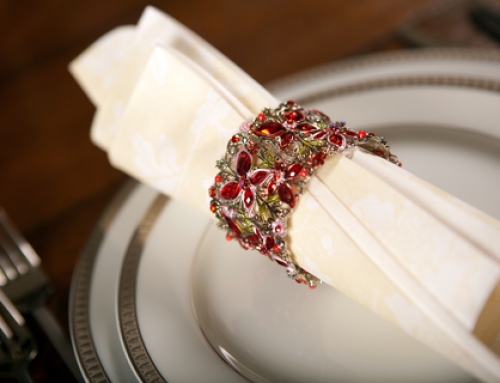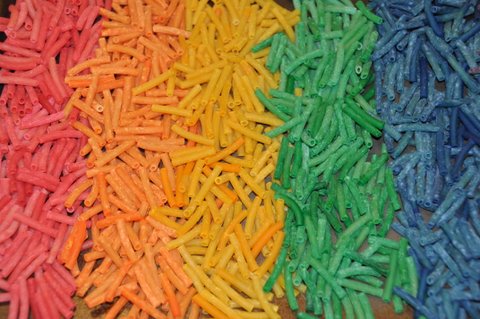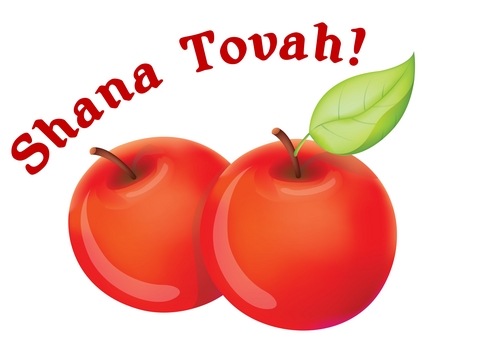It’s a Cholent Throwdown!
This week’s parashah includes the verse that is often cited as the distinguishing factor between people who observe only the written Torah (such as the Karaites) and those who embrace rabbinic Judaism that encompasses both the written and oral law. The verse, “You shall not kindle fire in any of your dwelling places on the Sabbath day ” (Shemot 35:3), suggests in the literal sense that Jews must sit in the dark eating cold food all shabbat long. This contradicts tradition, however. Rabbinic law allows and encourages us to make use of light and fire to illuminate our homes and to warm our food as long as we did not ignite the fires on shabbat and follow the prescribed rules for using the light. To highlight the custom to eat warm food on shabbat, we will be having a cholent/chamin/adafina throwdown this shabbat lunch, a meal celebrating the various traditions that have developed in Jewish communities around the world for a Shabbat stew that cooks from erev shabbat on through lunchtime. (That means that I will have to find a few crock pots from willing neighbors and/or try to make some mini-dishes in the oven the old fashioned way.) There is no shortage of recipes for these shabbat delicacies (if one can call cholent delicate or a delicacy), and I have been making the Ashkenazi version for some time now. However, I offer two intriguing versions, one Italian and one Iraqi, that I found on a “The Jew and the Carrot” post:
Italian Sabbath Stew (Hamin)
Reprinted with permission from “The Encyclopedia of Jewish Food” by Gil Marks
Serves 6-8.
Ingredients:
Meatballs:
1 pound ground chicken breast
½ cup fresh breadcrumbs or matzah meal
1 large egg
About ¾ teaspoon salt
About ½ teaspoon ground white or black pepper
1 clove garlic, mashed, or pinch of ground nutmeg (optional)
Greens:
2 pounds fresh chard or spinach
3 tbsp olive or vegetable oil
1 medium onion, chopped
1 clove garlic, minced
Hamin:
3 tablespoons olive or vegetable oil
3 medium yellow onions, sliced
4 fresh sage leaves or 1 teaspoon dried sage
1 ½ pounds beef or veal marrow or neck bones
2 to 3 pounds beef chuck, whole or cut into 2-inch cubes
2 cups dried white beans
2 to 3 cloves garlic, minced
About 3 teaspoons table salt or 4 teaspoons kosher salt
About ½ teaspoon ground black pepper
About 2 quarts water
Directions:
1) To make the meatballs: combine all the meatball ingredients and form into ½ inch balls.
2) To make the greens, separate the chard leaves from the stems. Cut the tender stems into 1 inch pieces. In a large saucepan, heat the oil over medium heat. Add the onion and garlic and sauté until soft and translucent, about 5 minutes. Add the chard and sauté until wilted. Top with the meatballs, cover, reduce heat to low and sauté until the chard is tender and the meatballs are cooked, about 20 minutes. Let cool, then refrigerate until shortly before using.
3) To make the hamin: In a large heavy pot heat the oil over medium heat. Add the onions and sage and sauté until golden, about 15 minutes. In the order given, add the bones, beef, beans, salt and pepper, and enough water to cover. Bring to a boil, cover and simmer over medium low heat or bake in a 375 degree oven until the beans are nearly soft, about 1 ½ hours.
4) Add more water if necessary. Cover the pot tightly. Put on a blech (metal tray) over low heat or in a 200 degree oven and cook for at least 6 hours or overnight.
5) Shortly before serving, stir the meatballs and the greens into the hamin and let sit until heated through.
Chicken Stuffed with Meat
Reprinted with permission from “Mama Nezima’s Jewish- Iraqi Cuisine” by Rivka Goldman
Serves 10.
Ingredients:
1 3-pound chicken, skin removed
Stuffing:
½ teaspoon salt
¼ teaspoon ground cardamom
¼ teaspoon ground nutmeg
¼ teaspoon ground cinnamon
¼ teaspoon ground black pepper
¼ teaspoon ground white pepper
¼ teaspoon ground hot paprika
2 teaspoons vegetable oil
1 small onion, chopped
½ pound lean ground beef or ground chicken breast
1 cup cooked rice
1 large tomato, chopped
Sauce:
1 teaspoons vegetable oil
1 small onion, chopped
1 (8-ounce) can tomato sauce
½ teaspoon salt
½ teaspoon garlic powder
Juice of 1 large lemon
1 ½ cups rice
Directions:
1) Preheat oven to 200 degrees. Combine the salt, cardamom, nutmeg, cinnamon, black pepper, white pepper and paprika in a bowl.
2) Heat the vegetable oil in a pan over high heat, add the onion. Reduce heat to medium. Stir in the meat and half the spices, and cook for 5 minutes. Stir in the rice and tomato, for 1 minute, and remove from heat.
3) Stuff the chicken with the meat mixture. Sprinkle the remaining half of the spices over the chicken, and place the stuffed chicken in a roasting pan.
4) Heat the vegetable oil in a pot over high heat and add the onion. Reduce heat to medium and stir in the tomato sauce and 4 cups of water. Add the salt, garlic powder, lemon juice, and rice ad remove from heat.
5) Pout the rice mixture around the chicken. Cover with aluminum oil and bake for 8 hours or overnight at 200 degrees.
So that basically takes care of lunch. For dinner I would like to use a little parashah decor on the table. The parashah elaborates on the artistry of the vessels in the mishkan. One commentary I read mentioned how there had been no Jewish artisans in Egypt as they had been so consumed by manual labor that they had never developed their talents, an idea that I had never considered previously. Nonetheless, the innately talented weavers, embroiderers, goldsmiths, etc. offered their raw creativity and passion to the project of building the tabernacle. This Thursday night I plan to let my kids have a go at making replicas of some of the vessels using whatever art materials we have on hand. We will also work on creating an edible golden menorah, complete with the flower shaped candle holders (thanks to flower shaped muffin tins), out of carrot muffin/kugel. Finally, I plan to use pieces of mirror I bought at a craft store to use as place cards. The mirrors represent those used to fashion the kiyor, sink/laver, in the mishkan. According to midrash, these were the very same mirrors used by the women to beautify themselves in Egypt in an attempt to ensure Jewish continuity when their enslaved husbands would return from grueling days at Pitom and Ramses. While I still have to think of an age-appropriate way to explain that to our kids ;-), I love the idea that echoes last week’s theme: an object or material can be elevated to higher purposes if one uses it appropriately. Mirrors, a symbol of vanity, were used in the construction of the mishkan because they had been used for Divine purposes.
Have a warm and wonderful shabbat!







Leave A Comment